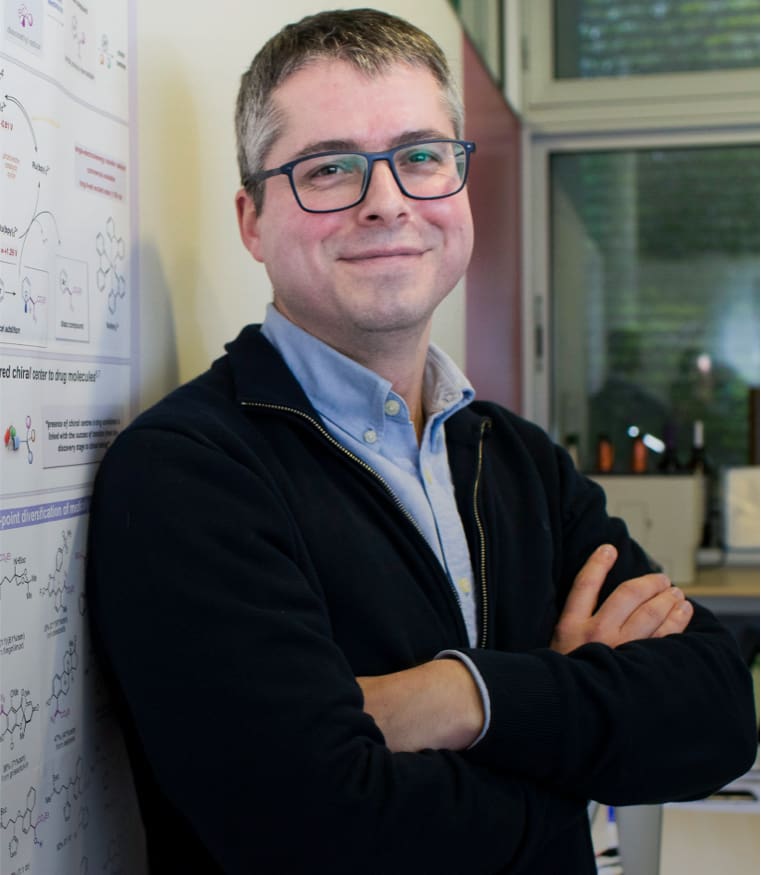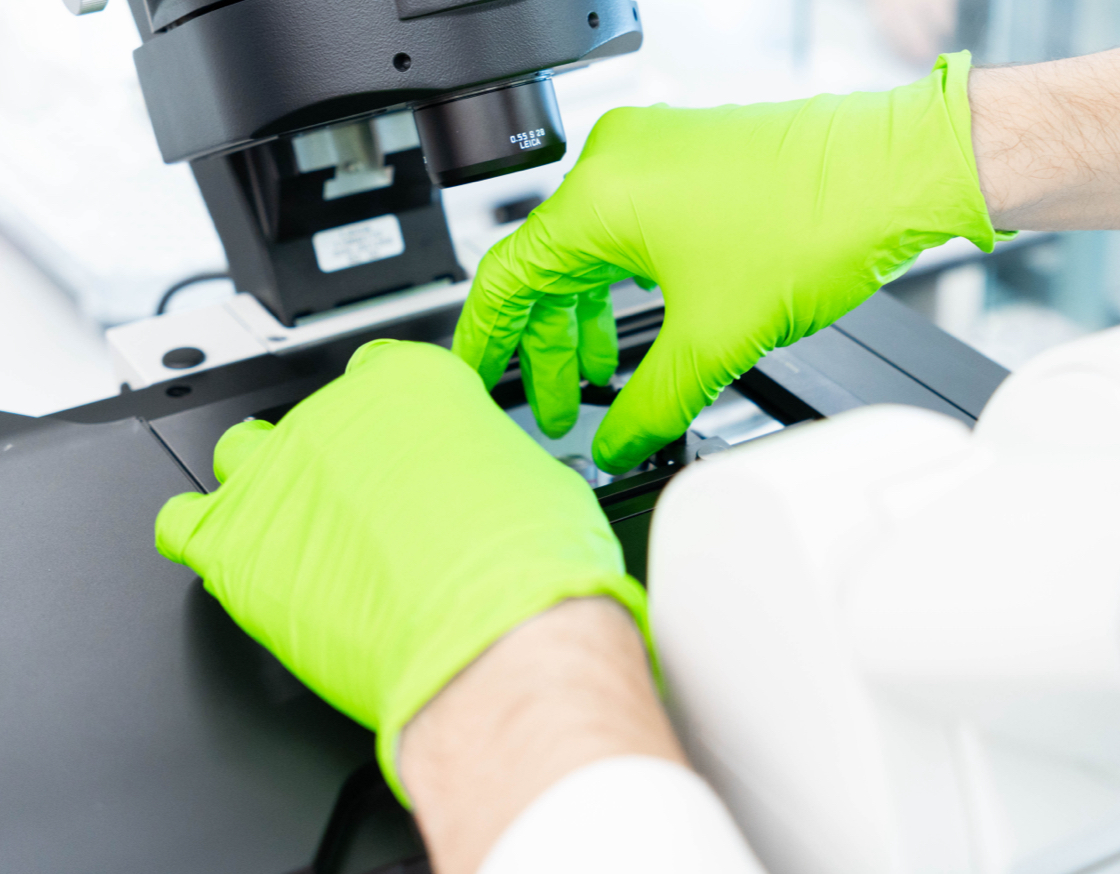Rh-Catalyzed Enantioselective Aryl C–H Bond Cyclopropylation
Herein, we disclose the discovery and development of a site-, regio-, diastereo-, and enantioselective aryl C–H bond cyclopropylation using diazomethyl hypervalent iodine reagents, styrenes, and paddlewheel dirhodium carboxylate catalysts. A key aspect of this work was the catalytic generation of a chiral Rh(II) carbene through an electrophilic aromatic substitution with chiral Rh(II) carbynoids. The strategy allows the construction of cyclopropane rings using aryl C–H bonds from aromatic feedstocks and drug molecules and promises to reach an unexplored “cyclopropanated” chemical space highly difficult to reach by current strategies.

Palomo, E.; Krech, A.; Hsueh, Y. J.; Li, Z.; Suero, M. G.
J. Am. Chem. Soc. 2025
DOI:
10.1021/jacs.5c02331
Associated projects:
-
CARBYNE
The art of organic synthesis and reaction discovery relies on logic-guided thought processes that often involve hypovalent carbon reactive species and their corresponding stabilised equivalent forms. However, not all of the possible carbon reactive intermediates and their reactivity rules have received the same attention by the synthetic community. Carbyne is a case in point. This is mainly because of the perceived lack of synthetic utility and challenges associated with controlling its extreme reactivity and lack of efficient sources. The EU-funded CARBYNE project is developing novel catalytic pathways for the production of carbyne equivalents and related species, to enhance applications of these unique and promising carbon reactive species in numerous fields.
See more -
FUN-C
The skeletal editing of molecules through the chemo- regio- and enantioselective manipulation of their CC bonds represents a longstanding challenge in synthetic organic chemistry. Clearly, the field of CC bond functionalization lags behind the more advanced area that uses relatively inert CH bonds for the construction of chiral enantioenriched molecules.
See more

Let's create a brighter future
Join our team to work with renowned researchers, tackle groundbreaking
projects and contribute to meaningful scientific advancements





















